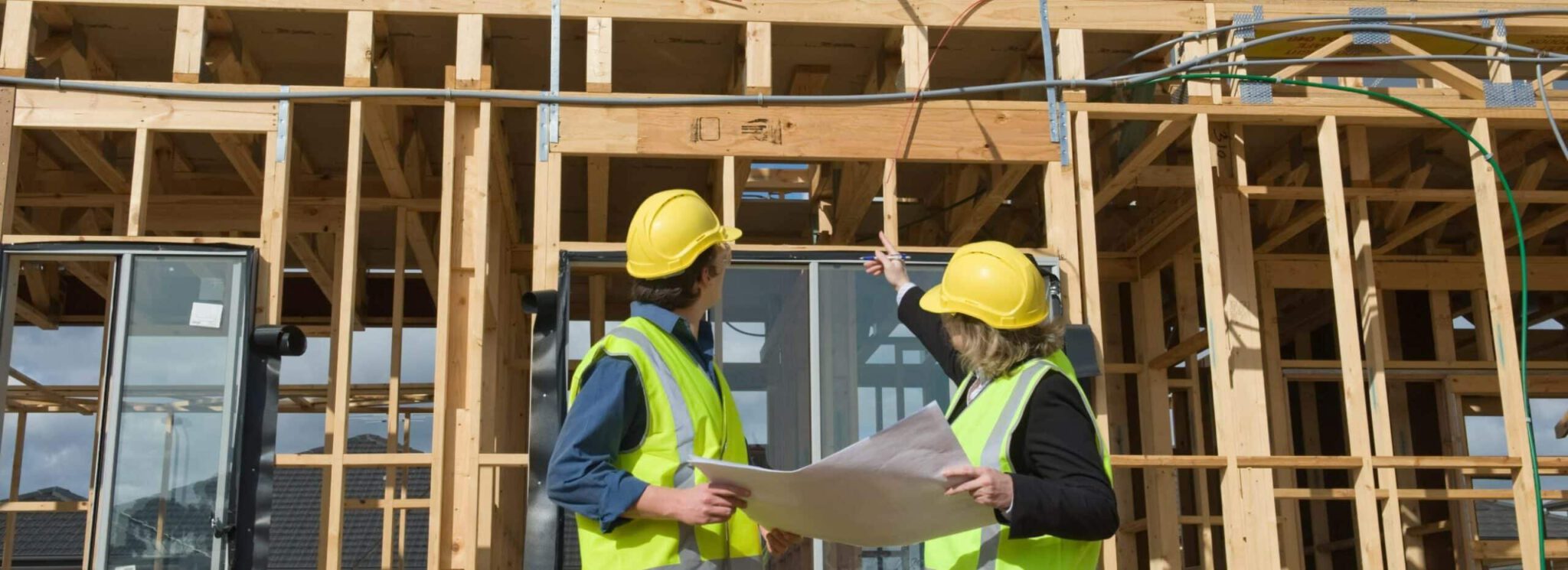Jobsite safety has always been a major objective on construction sites. Since the onset of COVID-19, that concern has become even more heightened, especially as sites begin to reopen.
A recent study
commissioned by Steve Adler, the mayor of Austin, Texas, found that if jobsites reopen without taking any special safety precautions, the number of hospitalizations due to coronavirus for the general population could triple. Additionally, there would be an estimated eightfold increase by mid-August in the number of workers who would be hospitalized.
What Precautions Can You Take to Safely Reopen?
OSHA has created a guide of recommendations for safety and health standards to assist construction sites in providing a safe workplace. In it they suggest remaining alert to any changing outbreak conditions and assessing the hazards to which workers may be exposed. For example, tasks that allow employees to be at least 6 feet apart and involve little contact are deemed lower risk. Work that takes place at an indoor site with a large group of people puts workers at a high risk.
5 Tips to Help Safely Reopen Your Site
To help ensure your site is safe, here are some strategies and tips from industry experts.
Keep an Open Line of Communication
Maintaining compliance in the best of circumstances can be difficult, much less during a time of crisis. That’s why it’s crucial to communicate the new realities of working during a pandemic. Explain new health and safety measures. Make sure all workers have the tools and PPE they need and have been properly trained.
It is also necessary to ensure all visitors and contractors to your site are aware of your social distancing and hygiene practices. This might mean sending out communication outlining your safety measures to everyone working on your project. In addition, place signs strategically around the site letting people know where they can and cannot go, as well as ones that explain your safety practices.
Keep Your Distance
In this new environment we are living in, social distancing is the new normal. This can be challenging on a construction site, where physical work is required. However, there are things that can be implemented to help achieve it.
- Alternate work schedules with staggered start and finish times
- Stagger break times to reduce the number of workers in restrooms, eating areas and other common gathering places
- Create one-way entrances and exits to alleviate bottlenecks
- Intermix internal and external trades. When possible, have one internal and one external trade working at the same time, rather than two similar groups working in a limited space
- Ensure social distancing in elevators and personnel hoists
- Coordinate site deliveries for minimal contact. If possible, delivery personnel should remain inside their vehicles
Keep it Clean
In addition to social distancing, keeping surfaces clean and disinfected is important in helping to stop the spread of the virus. Tools, equipment, machinery, door handles and any other surfaces that are frequently touched should be wiped down regularly.
Keep as Much Work Off-Site as Possible
With so many advancements in technology, off-site collaboration is easier than ever. Tools for drawing, modeling, documentation and data sharing can reduce the need for in-person and onsite meetings. It also helps eliminate the need to physically share paper.
Technology also serves to improve efficiency of the project. Supervisors can manage projects remotely by getting real-time updates from workers, thus eliminating unnecessary face-to-face interactions.
Keep a Check List
To help reinforce any new safety measures and prepare your place of work for reopening, it might be beneficial to create a checklist. This list should include topics on:
1. Social distancing
- How do you change and enforce your practices?
- How will you handle deliveries, vendors and other site visitors?
- How will you handle cleaning where social distancing isn’t possible
2. Site safety
- How do you screen employees?
- Who provides masks?
- What if someone refuses testing?
- Are your HVAC systems in trailers and offices current on HEPA filters?
- What is your policy when someone shows symptoms?
3. Employee safety
- How are workers getting to the site?
- What is their risk to exposure on their commute?
- What if they don’t feel comfortable coming back to work?
- How do you help those with children whose schools are closed?
4. Cleaning and disinfecting
- What’s your protocol?
- Who cleans common areas? Restrooms? Eating areas?
- How often are these areas cleaned?
- What materials are needed to clean?
5. Compliance
- Is your Emergency Action Plan compliant?
- Has everyone been trained on it?
Keep an Eye on Your Site with Remote Video Surveillance
Once you have implemented your new safety measures, how do you know they are being followed? Remote video surveillance is a safe, effective solution to watch over activity without ever having anyone step foot on your site. Trained security operators, advanced technology and surveillance cameras can give you a clear picture of everything that is happening on your project.
This includes Pan-Tilt-Zoom cameras (PTZ) that can be installed on the property. These cameras can move up, down, left and right, as well as zoom in and out from an average of 500 feet away. Because they are controlled remotely, you get clearer visibility of your site without having to visit it in person.
The pandemic has forced the construction industry to change the way it operates. No site will ever be completely risk-free. By taking extra precautions, you can help keep everyone safe.
For more information about remote video monitoring solutions, contact us.

